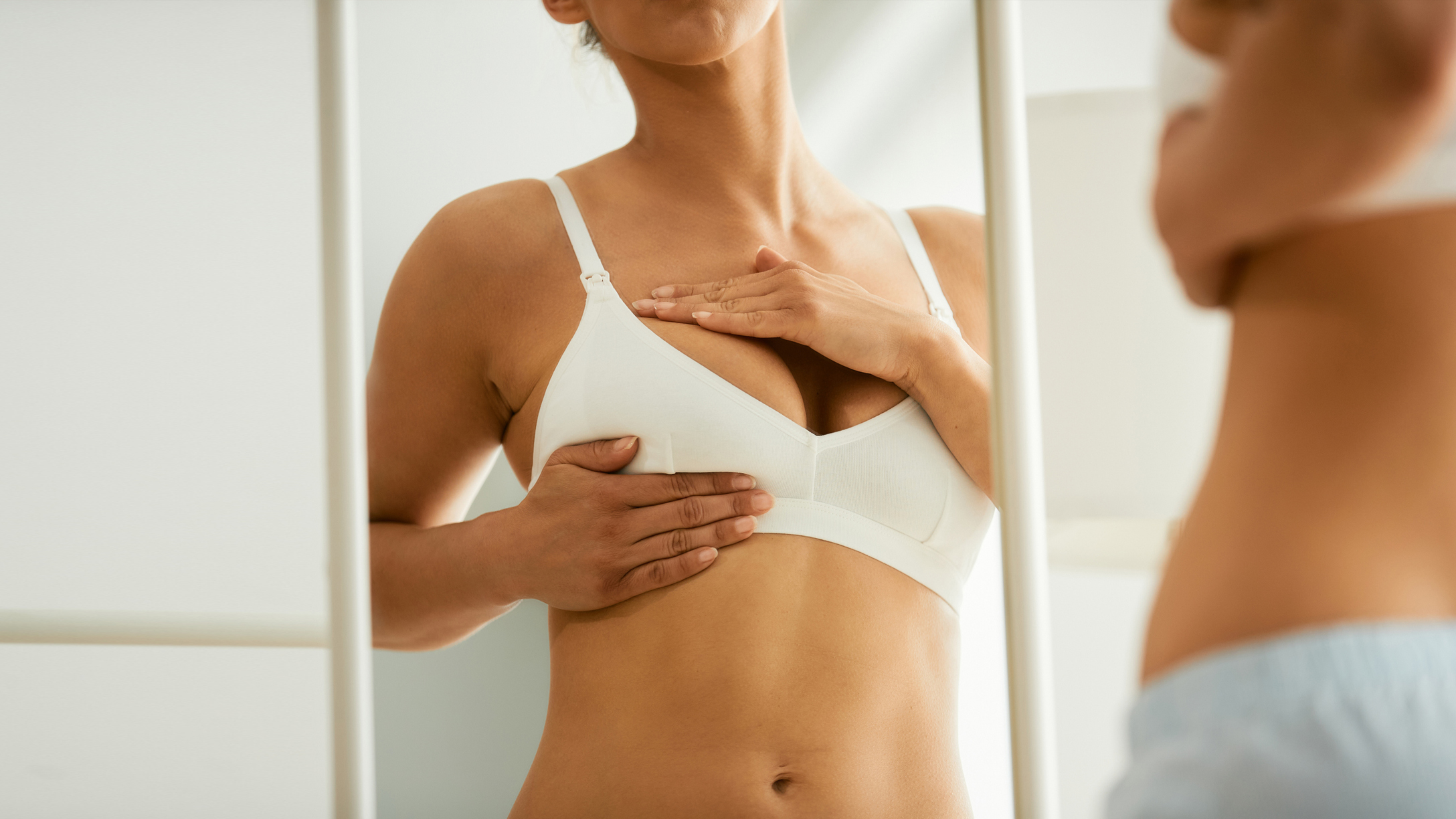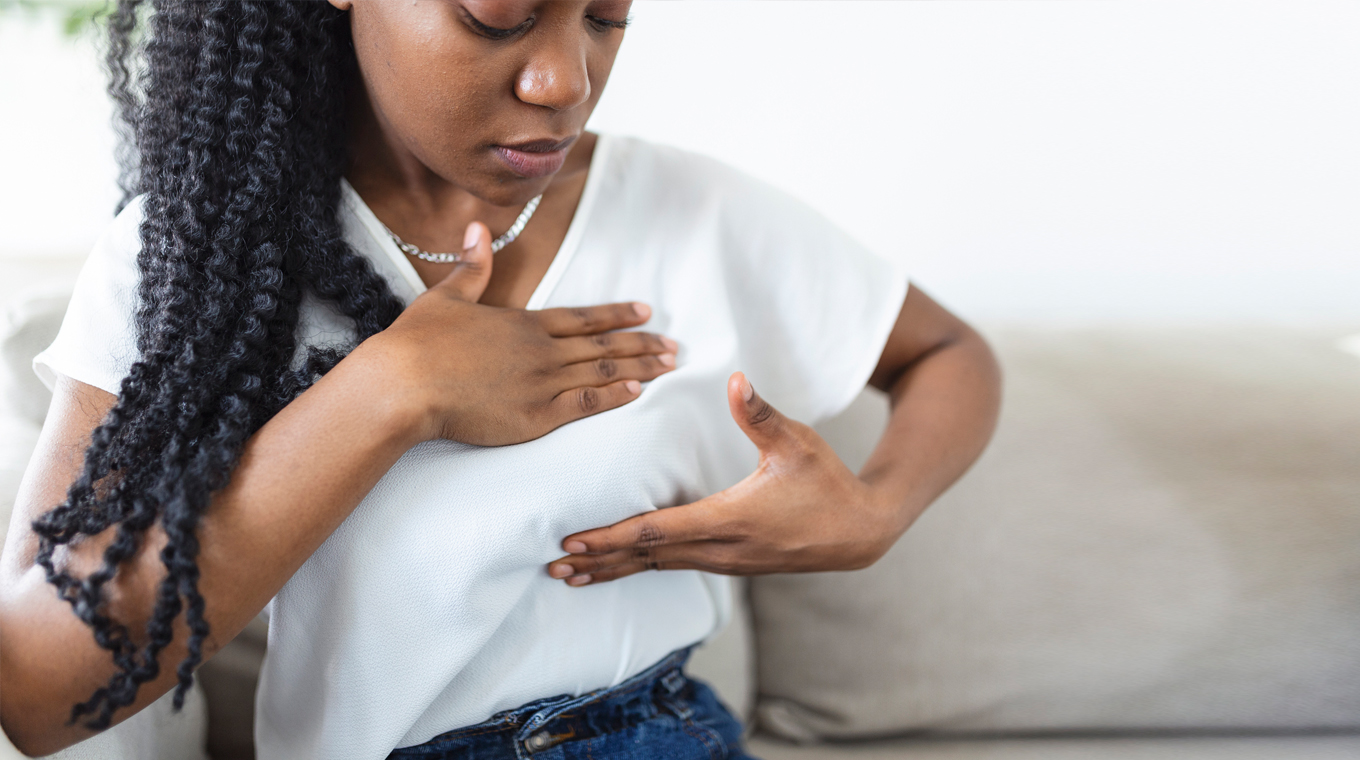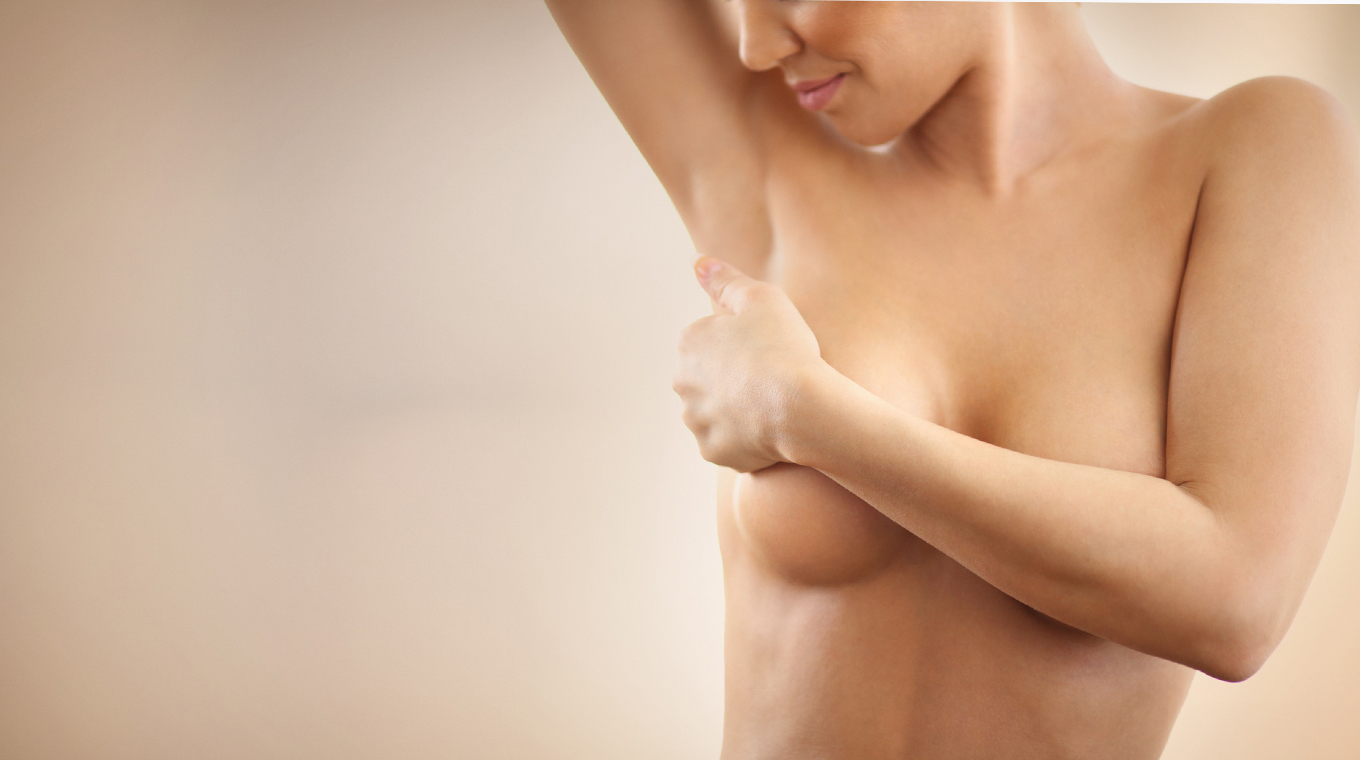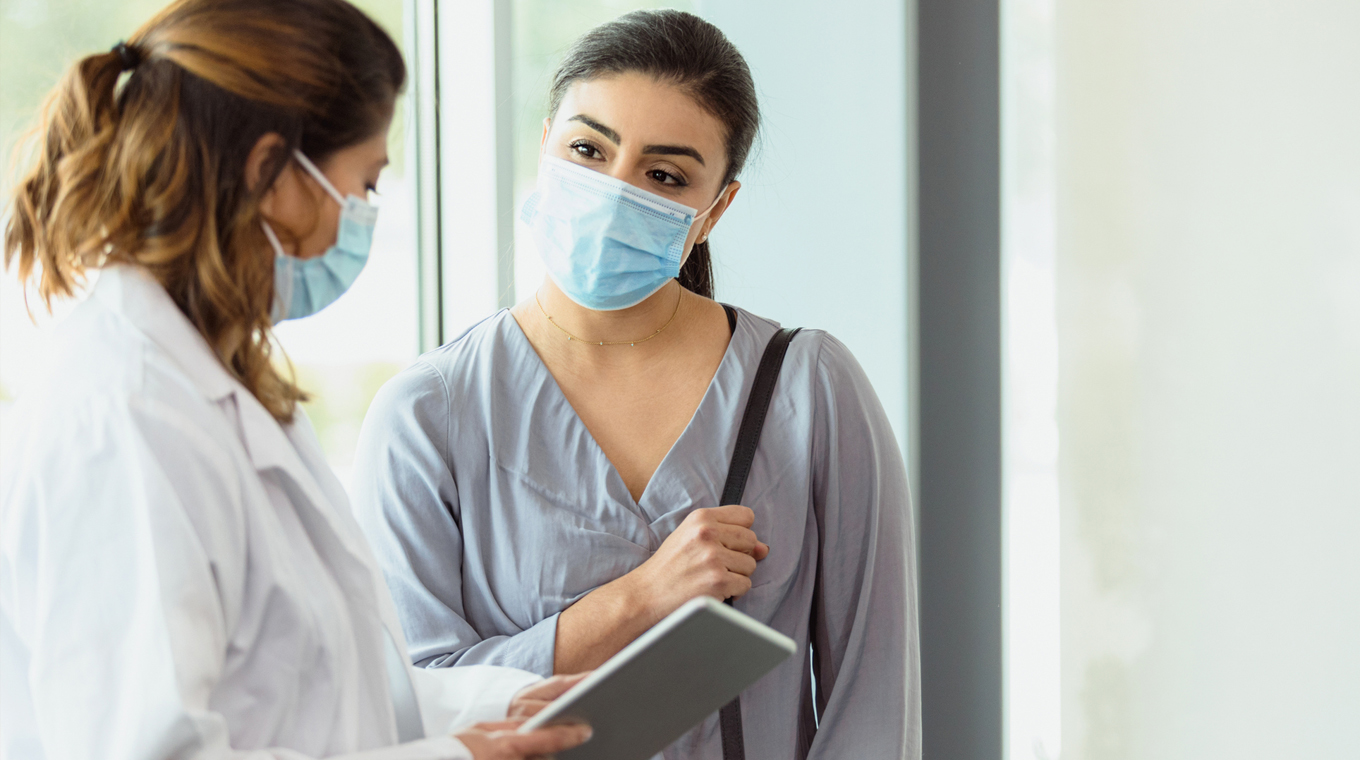
In this article
In 2021, more than 284,000 people are estimated to get breast cancer. Of those, 99% will be women. It’s a harsh reality that 6% of women diagnosed with breast cancer will be diagnosed with metastatic breast cancer upon first diagnosis, with only a 28% five-year survival rate.
This is why early detection is key. Women should be doing all that they can to learn what their breasts normally feel like to identify any unusual changes that they can speak with their doctor about. One of the most important things you can do is learn how to do a breast self-exam.
Early detection is key: Breast self-exams

If breast cancer is caught too late, chances of survival go down dramatically. According to the American Cancer Society, those with localized cancer limited to just the breast have a 99% five-year survival rate. Those with a regional cancer diagnosis — meaning it has spread to a close anatomical structure or lymph nodes — have an 86% five-year survival rate. These are dramatically different than the 28% survival rate for metastatic breast cancer.
When you do a breast exam, you increase your awareness of what is normal for your breasts. You use both your hands to feel and your eyes to see any changes in your breasts. Many women have breasts that feel lumpy and thick, most commonly before menstruation. While these fibrocystic changes are normal and harmless, learning that they are part of your regular cycle helps you identify changes. Doing a breast self-exam will help you identify when one breast seems different than the other.
Breast self-exam instructions

The visual inspection is just as important as the palpating inspection. Don’t overlook it.
You’ll begin your breast self-exam by first sitting or standing shirtless and braless in front of a mirror.
- Face the mirror head-on and look for any puckering or dimpling.
- Check that your breasts have symmetry and that there is no irregularity to the shape. Do this with your hands at your sides, hands pressed down on your hips, and hands raised above your head with your palms pressed together.
- Then lift your breasts to check the symmetry of the ridges along the bottom of your breasts.
You’ll then move to the palpating portion of the exam. This can be done lying down on a flat surface or in the shower. While lying down helps spread tissue making it easier to examine, being able to lather with soap helps your fingers glide easier over your skin. Choose what works best for you.
- You’ll want to place the arm of the breast you are examining behind your head. “This spreads breast tissue out as thinly as possible, which can make it easier to feel all the tissue,” Robyn Fuller-Christenson, nurse practioner, explained to Mom.com.
- Determine the pattern you will use to exam the breasts. Many women prefer to use a circular pattern that helps them cover the entire breast methodically.
- Using the pad of your three middle fingers, press down. You’ll want to apply light, moderate, and heavy pressure to feel the different levels of your breast tissue.
- Don’t forget to check the areola, squeezing it to see if there is any discharge.
- Repeat on the other breast.
What do lumps in the breast feel like: When to see your doctor

It certainly can be alarming if you feel something irregular. But not every lump in your breast is cancerous. Benign cysts can feel like a grape with some mobility in the cyst. Contrary to a benign cyst, a cancerous tumor often feels like a rock, rigid and firm with angular edges. If you feel this, it’s time to see your doctor.
Other symptoms to be concerned with are changes in the size or feel of the breast. Talk to your doctor if the nipple’s look and feel suddenly change — it may dimple, look inverted, or have discharge. When skin dimples or puckers, this is also a cause for concern and you should seek a professional opinion. A sign of cancer may also be a rash on the nipple or warmth, redness, or dark spots on the skin. Essentially, anything that is unfamiliar and doesn’t go away in a day or two should be examined by your doctor.
One breast cancer survivor, Patryce Sheppard, recalled that her first symptoms were not something she thought was a problem. “My bra was uncomfortable in the area, not pain, just a little uncomfortable,” told Mom.com.
This wasn’t something that prompted a breast exam, but she discovered a lump when doing a regular monthly exam in the shower that fortunately led to her contacting her doctor. The lesson is that we should all pay attention to the little changes in our breasts to have the highest chance of discovering cancer early.




